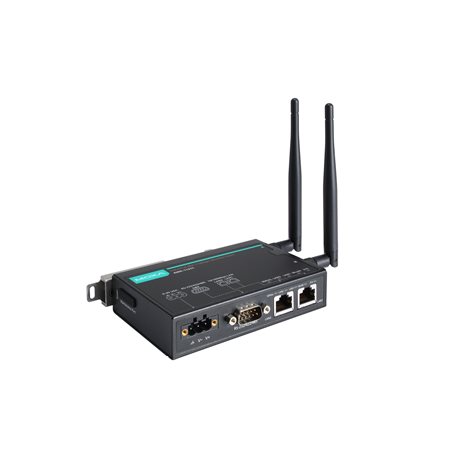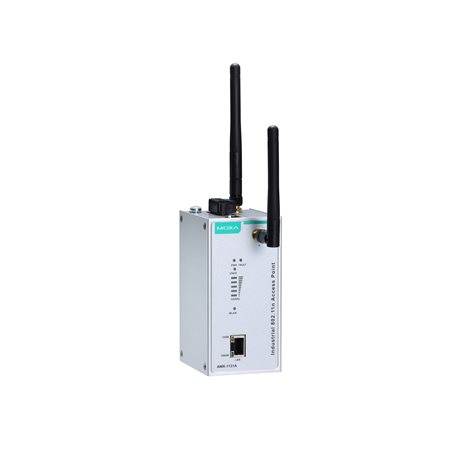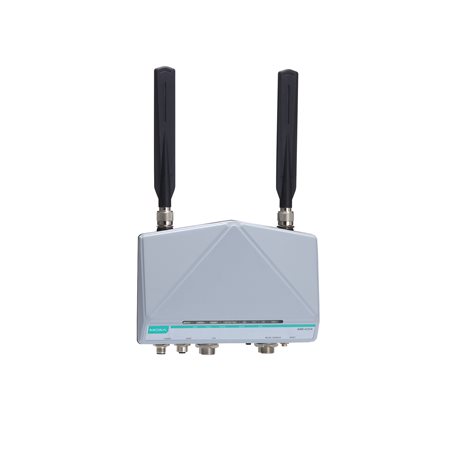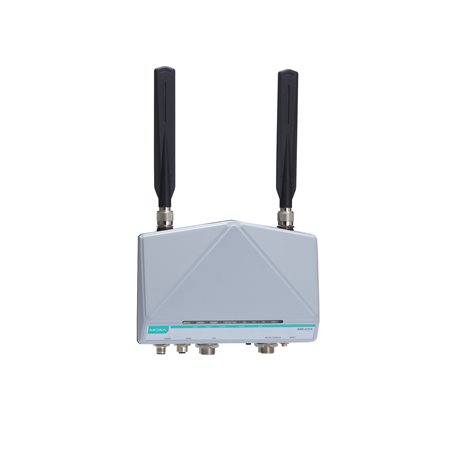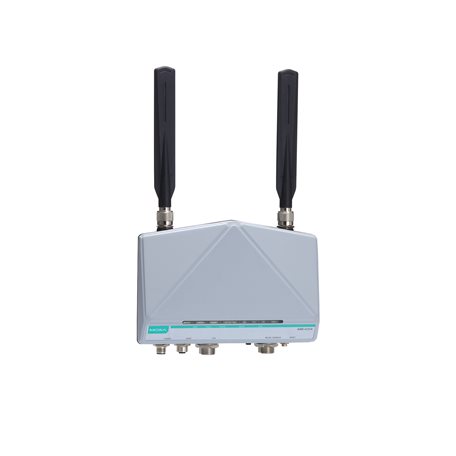
With the demand for critical minerals in the clean energy transition surging, the World Bank predicts a 500% increase in their production by 2050. For the mining industry, this means unprecedented growth. But they also face a plethora of internal and external challenges. Internally, the scarcity of skilled labor has led mining companies to adopt automation and digitalization to improve operations. Externally, fluctuations in global resource prices affect the industry, requiring mining to adapt quickly to meet diverse mineral extraction demands. In response to these constant changes, mining operations are proactively embracing digital transformation, leveraging technologies such as automation, unmanned systems, and AI for image recognition to enhance operational efficiency and safety.
Advanced Technologies for Enhanced Operations
A Canadian iron mine, for example, has introduced automated mining vehicles and smart shovels equipped with advanced X-ray fluorescence (XRF) sensors and wireless connectivity, significantly speeding up on-site ore identification and sorting processes. The image recognition system helps guide the vehicles and dispatch them based on ore sorting results, boosting operational efficiency. Moreover, the mining site uses Internet of Things (IoT) technology to connect a variety of equipment and vehicles, facilitating seamless data sharing and collaboration. This real-time access to critical data empowers mining vehicle fleets, allowing them to run smoothly in the mining field. Meanwhile, the use of robotic dogs in terrain reconnaissance helps a South African gold mine plan appropriate mining paths, mitigating risks and ensuring safety.
Embracing Digital Transformation. What About Connectivity Across Mine Sites?
In the age of digital transformation, transmitting and analyzing large volumes of data between equipment and systems is crucial. However, in minefields, ensuring seamless connectivity between humans and machines, as well as between machines, is challenging. We will discuss five communication issues that modern mining operations must prioritize:
Issue 1: Ensuring Stable Connectivity
Reliable mining operations require a stable communication network. Yet, challenging minefield conditions, such as dust, extreme temperatures, vibrations, and signal interference, pose obstacles. To tackle these issues, resilient connectivity with rapid failover redundancy, seamless roaming, and reliable products is essential to minimize hidden maintenance costs.
Issue 2: Seamlessly Integrating Information
Mining operations require the integration of multiple subsystems for collaboration. However, the diverse equipment and sensors used in mining often run on different protocols like Modbus, MQTT, and ProfiNet. Hence, the seamless integration of communication systems is essential for efficient data acquisition, data sharing, and interoperability between systems.
Issue 3: Visualizing Communication Networks
In vast mining sites with limited personnel, ensuring uninterrupted communication for thousands of connected devices is challenging. To overcome this, modern mining operations use visualization techniques to monitor and manage wired and wireless communication devices remotely in real-time. This minimizes malfunctions, improves equipment maintenance, and enhances operational efficiency
Issue 4: Establishing Flexible Architecture
Scalable infrastructure is the key to meeting future growth demands. As the number of mining equipment and imaging devices increases, the communication infrastructure must be expandable to accommodate the growing needs. The mining site should consider reserving sufficient bandwidth, assessing network expansion feasibility, implementing efficient tiered management, and integrating edge and cloud technologies for future scalability.
Issue 5: Network and Cybersecurity
As mining companies interconnect devices and transmit data to remote central control centers, they inevitably face cybersecurity threats. To address security concerns from the control room to the OT field site, it's important to protect the network, strengthen cybersecurity capabilities, and use secure devices based on the IEC 62443 standard.
In conclusion, the mining industry's digital transformation journey is not without its hurdles. However, by harnessing the power of technology and addressing communication challenges head-on, modern mining operations can improve their efficiency and safety. Through this transformative process, the potential of tomorrow's resources can be fully unleashed, ushering in a new era of mining excellence.
The Solution
The equipment manufacturer installed Moxa’s compact-sized
industrial-grade AWK-1137C clients with an anti-vibration design on the
drilling rigs and mining trucks to be able to remotely access them from the
control room. It uplinks large volumes of data and live video
streams from each of these driverless vehicles to the operator station through
the wireless access network. The AWK-4131A APs were installed along the tunnel
walls to provide maximum wireless coverage for the AWK-1137C clients. It also provides 802.11n MIMO coverage on standard 2.4 GHz, 5 GHz, and 5 GHz DFS
channels to maximize radio performance and reduce interference caused by the
hard rock walls of the mines.
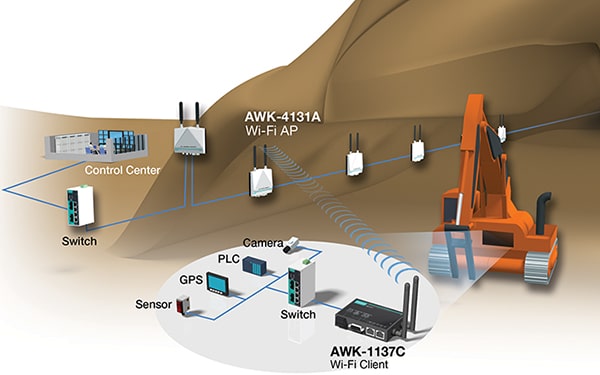
The key highlights of Moxa’s wireless solution are:
- Turbo Roaming’s millisecond-level handoff times, coupled
with 802.11n MIMO and 5 GHz DFS support, ensure seamless live video streaming
from the vehicles while they are on the move
- Master/slave connections enable transparent PROFINET
communication
- Access points with IP68-rated weatherproof housing and -40
to 75°C operating temperatures are suitable for outdoor applications
- Anti-vibration design that meets the requirements of the IEC
60068-2-6 standard protects against interference caused by mining activities
In Conclusion
The mining industry's pursuit of digital transformation is not without its challenges. Nevertheless, by leveraging the power of technology and addressing communication hurdles head-on, modern mining operations can significantly enhance their efficiency and safety. Through this transformative process, the untapped potential of tomorrow's resources can be fully realized, ushering in a new era of mining excellence.
Featured Products
AWK-4131A Series
Outdoor industrial IEEE 802.11a/b/g/n wireless AP/bridge/client
- 2x2 MIMO 802.11a/b/g/n AP/bridge/client
- Millisecond-level Client-based Turbo Roaming
- Easy setup and deployment with AeroMag
- Wireless redundancy with AeroLink Protection
- Easy network setup with Network Address Translation (NAT)
- Rugged industrial design with integrated antenna and power
isolation
- IP68-rated weatherproof housing designed for outdoor applications and a -40 to 75°C wide operating temperature range
- Avoid wireless congestion with 5 GHz DFS channel support
AWK-1137C Series
Entry-level industrial 802.11a/b/g/n wireless client
- IEEE 802.11a/b/g/n compliant client
- Comprehensive interfaces with one serial port and two
Ethernet LAN ports
- Millisecond-level Client-based Turbo Roaming
- Easy setup and deployment with AeroMag
- 2x2 MIMO future-proof technology
- Easy network setup with Network Address Translation (NAT)
- Integrated robust antenna and power isolation
- Anti-vibration design
- Compact size for your industrial applications
*Easy World's Moxa's official distributor in the Middle East. For any further information, please contact us via sales@eworldme.com.

